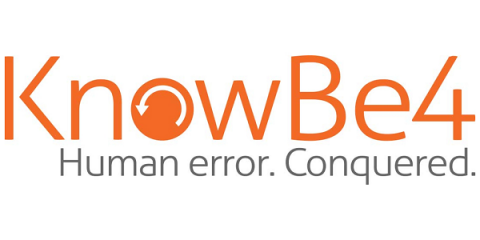The Rising Tide of Cybercrime Concerns in Africa
Our recent Africa Cybersecurity Awareness survey has revealed a startling surge in cybersecurity concerns among African users, with 58% of respondents expressing high levels of worry about cybercrime - a figure that has nearly doubled from 29% in 2023. The fear is not unfounded. As highlighted by Interpol's African Cyberthreat Report 2024, the continent has witnessed a significant uptick in cybercrime, along with its financial and social repercussions.







